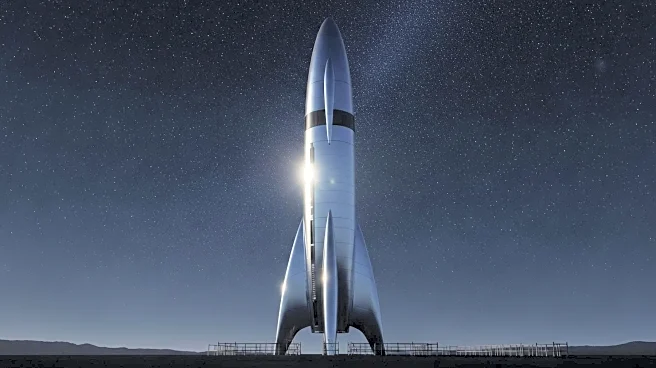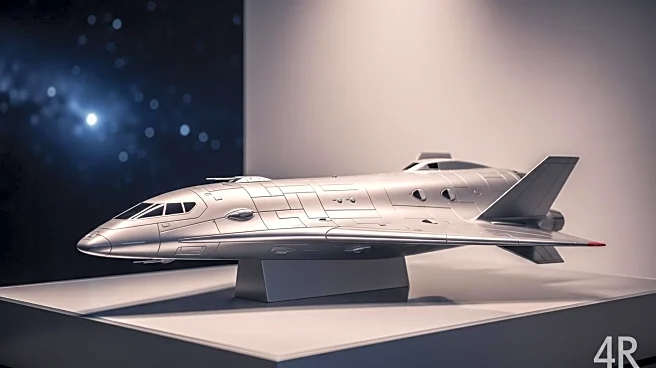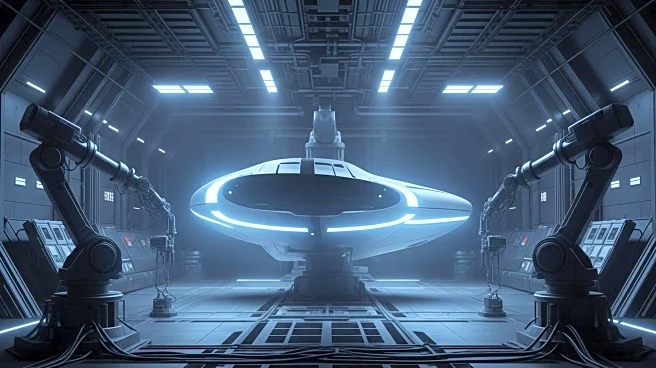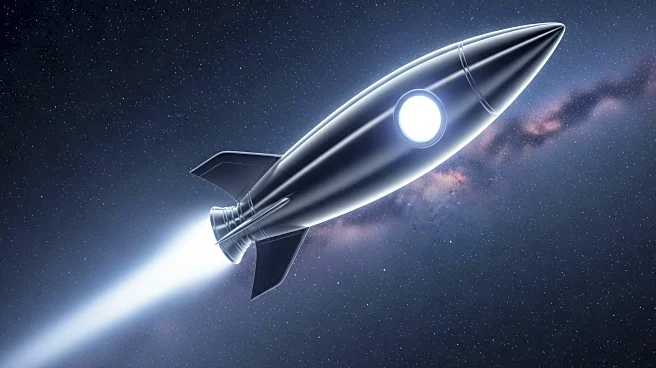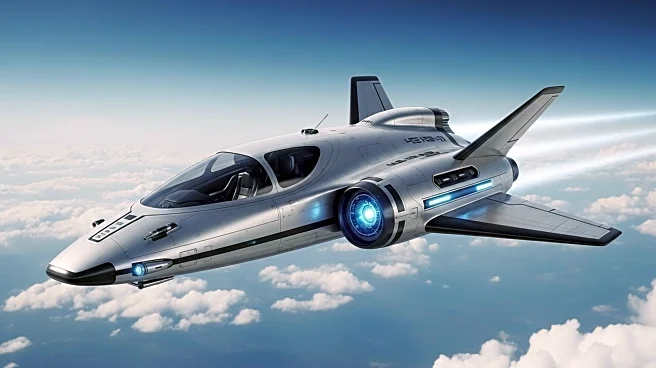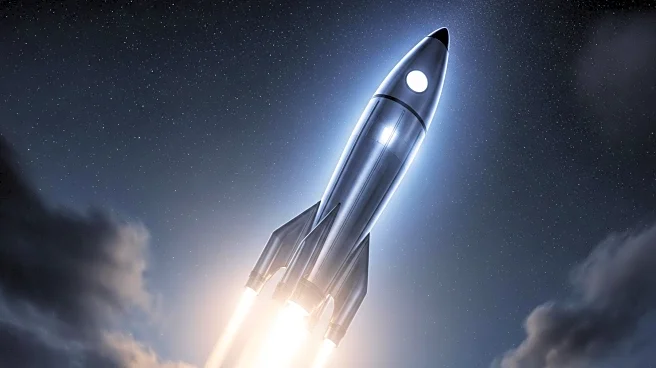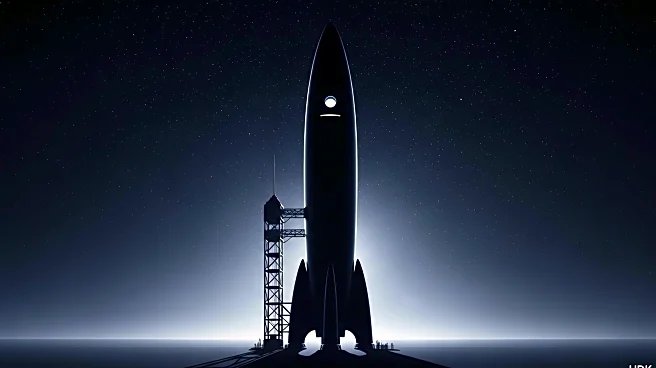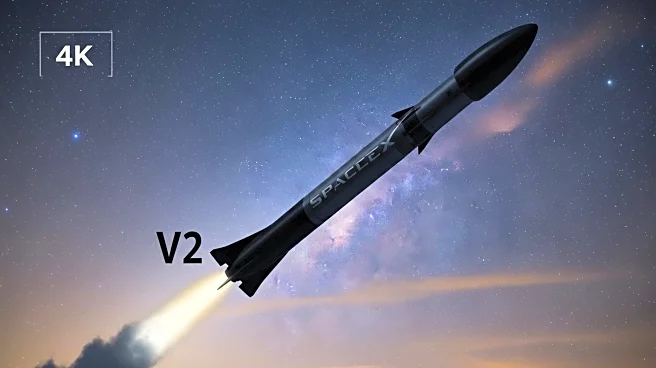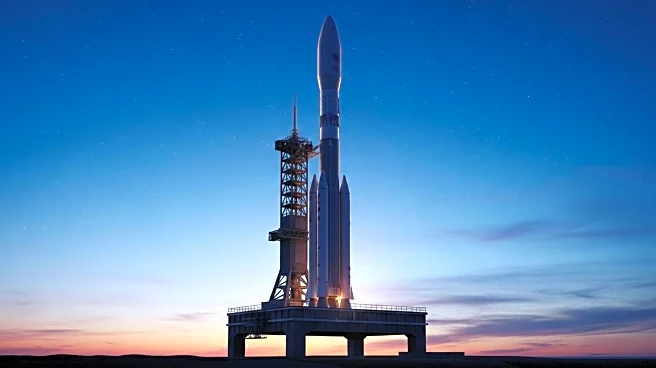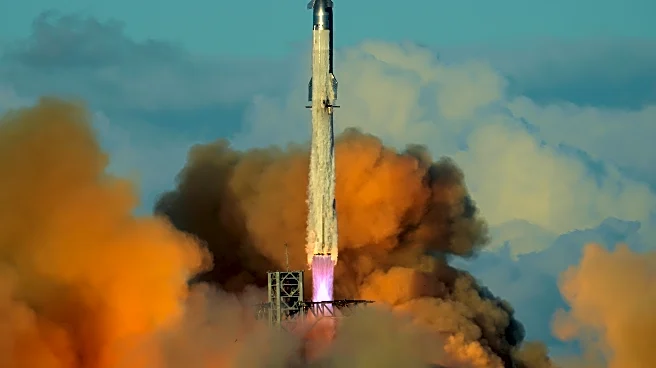What's Happening?
SpaceX has successfully launched its 11th test flight of the Starship megarocket from Starbase, Texas, marking a significant achievement for the program. The suborbital flight saw both the Super Heavy
booster and Starship upper stage return to Earth for splashdowns, with the upper stage deploying eight dummy payloads. This flight was the final launch of the vehicle's Version 2 variant, as SpaceX shifts focus to the next generation of Starship and Super Heavy. The upcoming Version 3 will feature upgrades such as new docking adapters for propellant transfer and a redesigned propulsion system.
Why It's Important?
The success of Flight 11 is a crucial step for SpaceX as it prepares for the next phase of the Starship program, which includes orbital flights and operational payload missions. The advancements in the vehicle's design are essential for SpaceX's long-term goals of deep-space exploration and establishing a presence on Mars. The ability to transfer propellant in space is a key capability for missions to the moon and Mars, enabling more efficient and sustainable exploration.
What's Next?
SpaceX is preparing multiple vehicles for tests, with the next iteration of Starship expected to demonstrate in-space fuel transfer next year. The company aims to launch uncrewed Starships to Mars during the next opportunity in late 2026. The development of Starship Version 3 will include upgrades to the propulsion system and energy storage, enhancing the vehicle's capabilities for longer-duration missions.
Beyond the Headlines
The advancements in SpaceX's Starship program could have significant implications for the space industry, potentially lowering the cost of access to space and enabling new commercial opportunities. The progress in reusable rocket technology may also influence public policy and international space collaboration, as countries and companies seek to leverage these capabilities for scientific exploration and economic growth.
